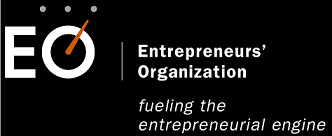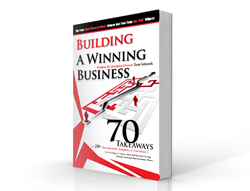Taking the Long View with Training. First in a Series
–About 69 million people (roughly 48 percent of the U.S. labor force) currently work in “middle-skills” jobs in fields including computer technology, nursing and high-skill manufacturing.
–As many as 25 million, or 47 percent of all new job openings between now and 2020, will fall in the “middle skills” range—and the numbers are expected to grow substantially as more baby boomers retire.
–Only 15 percent of U.S. college graduates major in science, technology, engineering or math—a percentage that has remained constant for two decades.
With baby boomers retiring and so few young people acquiring technical skills, it doesn’t take a Ph.D. in statistics to understand that the United States has, and will continue to have, a growing shortage of employees for critical and high-paying jobs. This has huge implications for our economy and our society.
The issue is described in detail in the December 2012 issue of Harvard Business Review in the article “Who Can Fix the ‘Middle-Skills’ Gap?” by Thomas Kochan, David Finegold and Paul Osterman.
Training your current employees, empowering them with new skills and encouraging them to tackle new professional challenges seems like the obvious solution, at least to me. The authors believe many employers do not share my philosophy out of fear that well-trained employees are more likely to get poached by other companies.
What do you think? I’d like to hear from anyone who has experience with this issue.
My next several posts will delve deeper into this topic. I, as you probably expect, believe training is a very smart investment. I would not operate a technology training business if I believed otherwise. My next few posts will explain why.



